Swimming Upstream: Filmmaker Harrison’s Smith Horror Journey (PART 1)

*Editor’s Note: B Harrison Smith is well known to horror fans as the writer/director of The Fields, Death House, and Camp Dread. He also directed The Special, released in 2020.
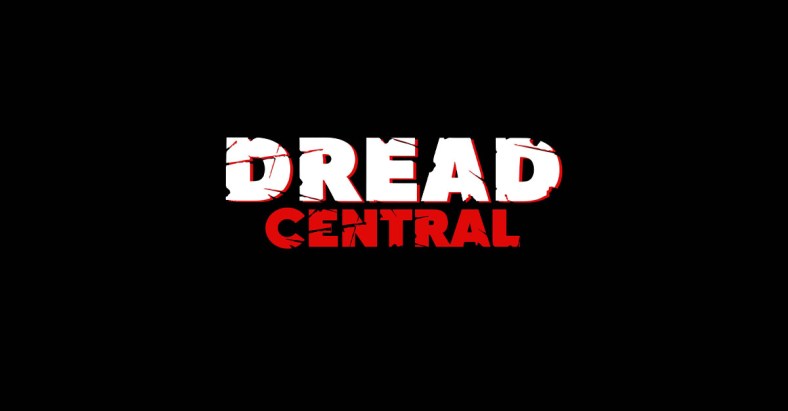
There is a bizarre dichotomy going on in horror right now. It’s been building for some time, and it prompted me to write this series for Dread Central. The tweet at the start of this introductory piece appeared on my timeline this weekend as I wrote this.
It urged me to push for my own brand, which is something a number of others, including my management have suggested for some time. The “Harrison Smith” brand, what does it mean and is it anything akin to a “Carpenter” brand, a “Romero” brand, a “Roth” brand or a “Blum” brand?
If Eli Roth can brand his own History of Horror, I guess, well, why can’t I and still be an original? Is it because Eli is “ELI!” (all caps and exclaimation point) and Harrison is just “harrison” (small guy in lower case letters)?
This series will not just look at that but also look at the importance of online horror publications like Dread Central and why journalism like this simply cannot go away. It also might help some of you who want to become filmmakers find the right pathway to what you really want to do.
Dread Central is a powerful tool. It is important to the horror genre and it is vital to popular culture. This series is going to support that. You want to make a horror movie? Then devour EVERYTHING Dread Central can give you and go back and feast on content from years before.
Invasion of the Body Snatchers (1979) is the scariest film I have ever seen for one reason: It came true. The last two decades have seen a rise in declarations of 1984 and even Brave New World; the irony is people want to shotgun those two novels into almost every social crisis situation, and the sad truth is, very few have read either book.
It’s part of a “fall in line” mentality. Some call them “sheep” or the popular term “sheeple” but I prefer to call them “fish”. Here is why.
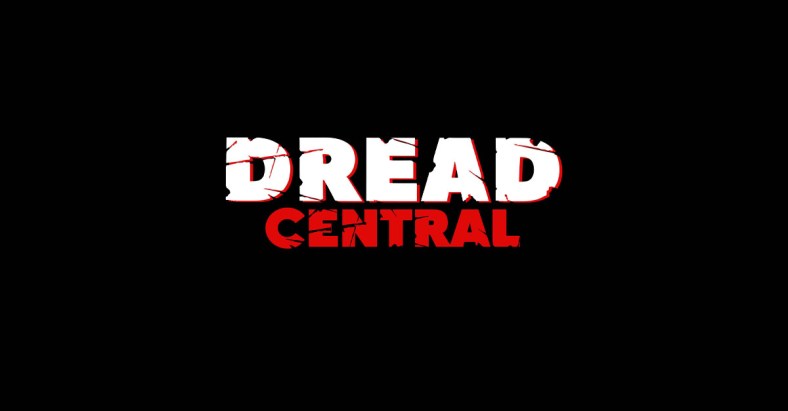
Invasion of the Body Snatchers (1979) is about conformity. An alien race of creatures, taking the form of seed pods, replicate their hosts when they sleep, killing the original and forming a perfect carbon (literally) copy. The original person turns to dust, the copy transfers all of its memories and physical traits but is soulless—no emotions. It’s an automaton…like turning Scarlet Johansson into a sex doll.
The horror film field faces a similar situation at the moment—its own existential crisis. Certain brands are emerging, designer labels, almost if you will; and while on the surface it looks like horror, it sounds like horror…it’s an imitation.
Let me give the final example before starting you down this road.
I once worked with a guy who was about as conformist as you could get. On the political spectrum he was somewhere between Richard Nixon and Rush Limbaugh, leaning more to the right on Limbaugh. For some reason he pegged me as some kind of liberal, a leftover hippy–and I was his professional nemesis.
After a meeting he stopped me in the hallway and declared in front of a number of co-workers, “You know what your problem is, Smith?” (Don’t you love when someone knows exactly what YOUR problem is and has no issue telling you?) “You’re like a salmon. All the other fish go with the flow, go downstream and you…you just go against the current, getting all beat up and finally getting to where you want to go and you’ll die. Why can’t you be like us other fish and just go with the flow downstream? ”
So what the fuck do you say to that? I’m sure some of you have answers right now. I thought about it, and in some bizarre way, felt that he had branded me right there. He might have inadvertently summed up my entire life with that analysis.
I thought about it and replied, “You know what else floats downstream, Mike? Shit.”
I’ve been swimming upstream all my life—to the horror watershed? And what happens once you get there? I like to think I still have journey ahead of me. The originals in Invasion of the Body Snatchers posed a threat to the duplicates. They reacted by pointing and letting out a horrid shriek that served as an alarm to the others. They would chase you down and then—make you go to sleep.
In one scene Leonard Nimoy (brilliant casting) calmly points out when you awake, you can have the same house, drive the same car and have the same life…except you will have no emotion. If that sounds like a good deal to you as you read this, the rest of this piece and series might not be for you.
So maybe, to prove my point and bring focus to this series, I need to go back to the start. Back to where horror first entered my life and the role that it played. A time before The Internet. A time when TVs had 25-inch tube screens (and might have color), three channels, no cable, no home video and no streaming channels with 700 things to choose from in which you watch the same five damned things.
Some of you remember those times, and it was where horror thrived and original horror could grow.
My first feature film was the Cloris Leachman, Tara Reid thriller, The Fields. It was based on the true story of what happened to me on my grandparents’ little farmette in the late summer/early fall of 1973. The film did well, although I was disappointed by the final product and felt the directors decided to turn it into a horror movie during production. Many have liked the film; it did well and was widely acclaimed. It does suffice to say, for me, it’s not the movie I would have made.
Where The Fields shines is on the relationship between the boy and his grandmother. She was “Nanny” to me. My grandfather was “Pappy.” Nanny was a foul-mouthed, chain-smoking woman with a heart of gold. Cloris Leachman’s performance is less a portrayal than it is a channeling of my grandmother. When you watch The Fields, that is the closest I will ever get to seeing my grandmother alive again.

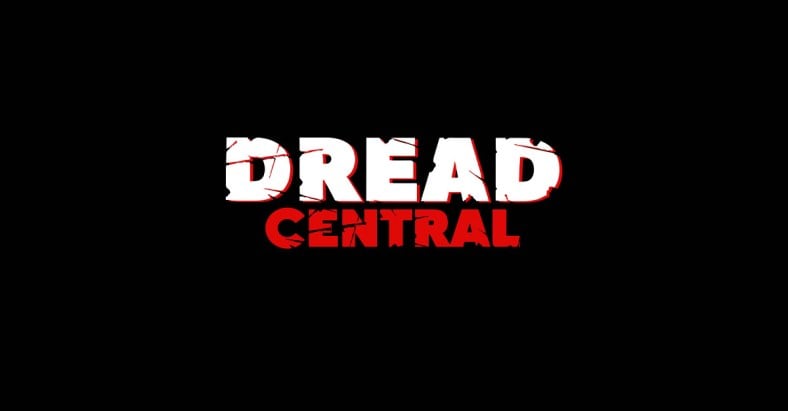
It was important to show Gladys watching late-night horror films with me. That’s what Nanny did. We would sit up late night Fridays and Saturdays and watch the CBS Late Night Movie or one of the subsidiary stations out of New York like WPIX Channel 11, WOR Channel Nine and so forth. They aired everything from the classic Universal Monsters and all of their extended universe sequels to Peter Cushing, Christopher Lee and the entire Planet of the Apes films that were available at that time.
Horror served as an escape, because on Saturday afternoons, right after the cartoon lineups of Scooby Doo Where Are You?, Land of the Lost¸Fat Albert and even The Brady Kids you had the hijinks of Doctor Shock out of Philly and a variety of Creature Double Feature-type shows and they brought you more of the same but also Godzilla and I caught many of my “big bug” horrors like Them!, The Giant Tarantula, The Beginning of The End and the bizarre, non-bug, non-carbon-based horror The Monolith Monsters. I saw Night of the Living Dead on TV with her one night, and after it scared me so badly she let me know that many of the actors had been paid in fried chicken. We laughed like hell at The Killer Shrews and both creeped out over Bad Ronald.
Why was horror an escape? I came from a pretty turbulent home life as a boy. This is why I spent so much time with Nanny and Pappy. They were safe harbor in a long running series of violent domestic storms.
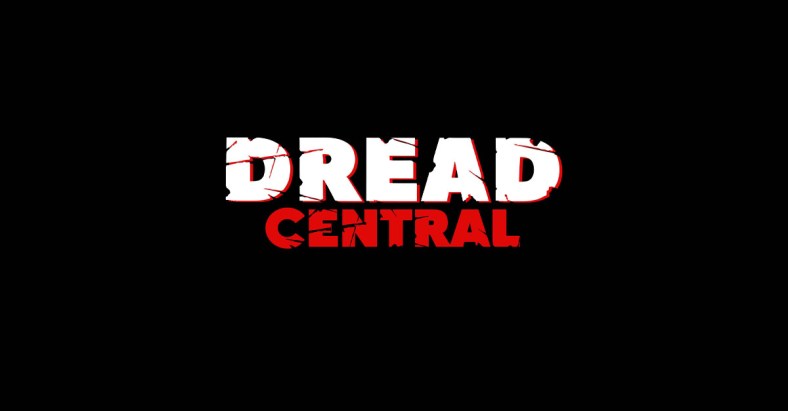
By the age of seven I could name and recognize Price, Karloff, Lorre, Lugosi, Cushing, Lee and more. I knew my monsters and Nanny would sit close by, in her overstuffed recliner, cigarette in hand over a standing floor ashtray and tell me the behind the scenes magic and “how they did that” to make me less scared but to also show how much she knew.
Nanny was the living Internet. She knew shit that I have no idea HOW she knew it because she never left the house and there was no computer, phone or Internet to bring so much to her. But sonofabitch if she didn’t know how Karloff was put into makeup and that he was originally GREEN but they did that to shoot the film in black and white…on and on…she was a fountain of horror information.
Horror became something more to me. It wasn’t just “scary movies.” I became INVOLVED in it. Nanny and I watched the Universal Frankenstein films and saw them as horror soap operas. First the Monster was amok, then he died but he didn’t die and then he finds a mate and from there it went on to all of the wonderful sequels and pre-Freddy versus Jason matchups and House of… movies with Count Dracula.
And of course…Abbott and Costello Meet Frankenstein.
But during this time, I was forming my own idea of horror.
I felt awful for Lawrence Talbot and his curse. It killed me to know when he awoke in his crypt, he could not remember anything. I followed his trek to find Dr. Frankenstein and I was in an entire world, long before the MCU and DC franchises.
A shame how Universal screwed it all up in trying to make their own “Dark Universe.” Instead of relying on the power of their original, classic monsters, they tried to ape the entire Marvel machine and after Dracula Untold and The Mummy, we see how that turned out.
Watching horror was an experience. You didn’t have a menu of 700 streaming choices. You got what was presented. So when Let’s Scare Jessica To Death was on at 10PM Saturday night, you watched it or you didn’t see it again until some programmer felt it was time to rotate it back through.
You watched these films, with commercial interruptions (which often gave a little kid like me a breather from the terror) and often in the dark, the room lit by the tube TV light. Nanny popped up Jiffy Pop on the stove, served 7-Up from the old green glass bottle and bought me Libby Land TV dinners with a special dessert to settle in and watch the monster mayhem.
That does not happen anymore.
Outside of TV, horror also was given something in theaters that it is no longer afforded today…a fighting chance.
I can say, without hesitation, that if Halloween were made today instead of 1977, it would be a straight to streaming, home video release and would never touch a silver screen. COVID aside, horror is denied screens today unless it is “name brand” big-name horror or right from Blumhouse and the backing of the major distributors.
The pandemic has its own impact on theater screenings, but let’s face it, theatrical releases were in trouble long before COIVD as content becomes more and more homogenized and audiences simply…fall asleep…
See what I did there? I am bringing it all back full circle.
Dark Shadows played but never caught my attention like Universal’s tragic, classic monsters and their own brand of soap opera. For me it was the classic Universal monsters. The Creature From the Black Lagoon’s creature suit still stands up and Milicent Patrick continues to go on as one of horror’s unsung heroines. The Creature was also a tragic monster and weirdly his third outing in 3-D would come to mind as I sat in a theater in 1983 suffering through Jaws 3-D.
Rainy afternoons watching classic black and white horror or late night Fridays and Saturdays at the great age of six, seven and eight watching the same stuff shaped me as a future filmmaker. I knew what I liked and most of all; I got a great variety of horror that allowed the formation of a solid base.
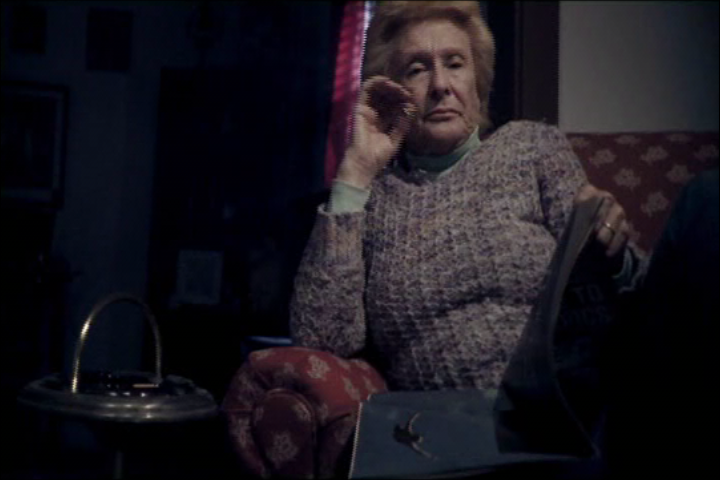
The picture of Cloris sitting in that chair, smoking, that high floor ashtray beside her, newspaper over her lap in that blue TV light is how I remember my grandmother. I can see her now as I write this.
She gave me my horror foundation. She shaped my first very small steps into the genre and as a professional filmmaker and she wasn’t even aware of it.
The “Harrison Smith” brand was forming, but there was a long way to go. I had not yet discovered horror publications: books, magazines and Stephen King was still years away from Carrie.
However, horror on the big screen thrived as the economy stayed in the toilet and Watergate took the headlines. Drive-Ins were still big and a little horror film like The Texas Chain Saw Massacre could find an audience on the big screen and not just vanish into the ether.
I was about to discover that the big screen was the waterway for some salmon filmmakers to fight their way through upstream. George Romero comes to mind as a salmon who took his beatings to get to the end. Carpenter as well.
My next piece will take us upstream and in that direction.

Categorized:Editorials News
